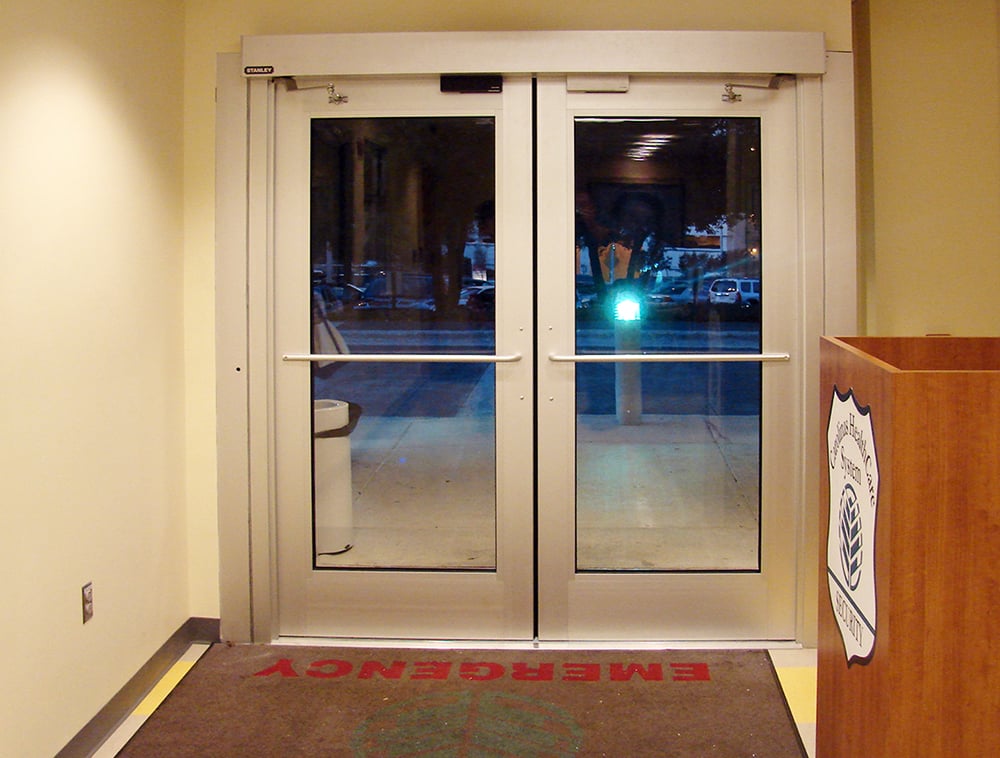Without a doubt, healthcare facilities are among the most dangerous workplaces in the United States. Healthcare workers are about 25% more likely to be injured on the job than the average American worker and are especially likely to suffer violent assaults while on the job.
But violence in healthcare doesn’t just target emergency room nurses and pharmacists. Billing representatives, benefit consultants, receptionists, and other administrative workers are also threatened on a daily basis.
Healthcare Frustration Becomes Healthcare Violence
NIOSH (the Centers for Disease Control’s National Institute for Occupational Safety and Health) has reported that “Violence in hospitals usually results from patients and occasionally from their family members who feel frustrated, vulnerable, and out of control.” According to Gina Mims, facilities supervisor for the Health Plan of San Joaquin, such frustration-fueled outbursts are not limited to the place where services are provided.
Health Plans of San Joaquin (HPSJ) is the leading managed healthcare provider in California’s Central Valley, and deeply committed to accessibility, community involvement, and serving the underserved. “We’re like any other insurance company,” Mims explains, “We have claims people that work on-site, customer service, we have nurses, we have doctors. But we cater to individuals and families in very strained economic situations.” In addition to this, many of HPSJ’s clients have limited experience navigating the healthcare system.
“A lot of times you deal with a lot of clients that don’t have insurance yet. They haven’t even filled out the paperwork, and their child is really sick. They need help and they are more upset because the child is ill, and they get him to the doctor, but they haven’t done the right paperwork—there’s this frustration, and [the potential for] real escalated situations.”
The result: “We get a lot of threats, people threatening to come down and shoot us, or come down and blow the building up. And we do get some people off the street, who are agitated and upset. With this day and age, we don’t want to take any chances.”
HPSJ’s office layouts and locations presented several challenges for their security and operations teams. In HPSJ’s French Camp headquarters, the receptionist is stationed at an exposed lobby station, close to the entranceway but separated from the offices and other staff. This building is within one mile of the county jail and county mental health services. Meanwhile, HPSJ’s Modesto offices are in a downtown municipal building, which offers many public services.
Protecting the Admin Offices with Ballistic Barriers
Total Security Solutions (TSS) has been designing, engineering, fabricating, and installing fully custom bullet-resistant systems for decades. The TSS team draws on extensive experience to help its clients with varied sites, differing workflows, and diverse, multi-faceted threat profiles.
In French Camp, TSS reinforced some of the existing external windows with bullet-resistant transparency, and also enclosed the receptionist’s station in a custom bullet-resistant barrier with an integrated package passer. HPSJ’s Modesto location was a slightly more complex prospect, as their open-style offices were directly behind the reception counter, entirely visible to any visitor. “The way it was set up,” Mims confirms, “anybody literally could have jumped over the counter and been in our building.”
For Modesto, TSS crafted a three-station reception line, backing the existing counters and half-walls with bullet-resistant fiberglass, and topping the counter with custom-fabricated sheets of bullet-resistant transparency. This treatment allowed for clear, natural voice transmission while retaining clear sightlines. With the addition of an on-counter package passer, the Modesto reception area could maintain its existing work patterns—including handling incoming parcels—while completely securing the administrative offices.
“It looks great! I love it,” Mims says. “I love the fact that each of [the counter staff] has a talking hole, but it doesn’t look like the old school with that metal plate. It all looks very nice. Staff has said they feel much safer. In Modesto, that’s the entire staff, because again, the way it was set up, anybody could have jumped over that counter. In French Camp, our receptionist is very grateful because, again, she was out there by herself. So she definitely feels much safer being behind the glass.”
Maximizing Security while Minimizing Disruption
Healthcare service providers need a quick turn around time on their bulletproof barriers because a renovation project onsite can become yet another frustration for their already stressed clientele
Of the design and installation process, Mims says: “I was actually very impressed. They did all their work at night. They were in and out, totally cleaned up when they left—it was seamless. It was very easy for us, very easy to deal with TSS. We just had no issues at all. From the moment they got their down payment to install it was within a matter of a month. I think it took longer for us to get a check cut than it did for them to have the product together and ready to go.”
There are five key components to any healthcare security barrier. Download TSS’s free Healthcare Facility Security Checklist and start planning now.
Next Steps:
- Sign up for our newsletter to stay up-to-date with the latest industry news
- Follow us on Twitter, Facebook, or LinkedIn
- Download our Ultimate Guide to Bulletproof Glass and Bullet Resistant Barriers infographic


